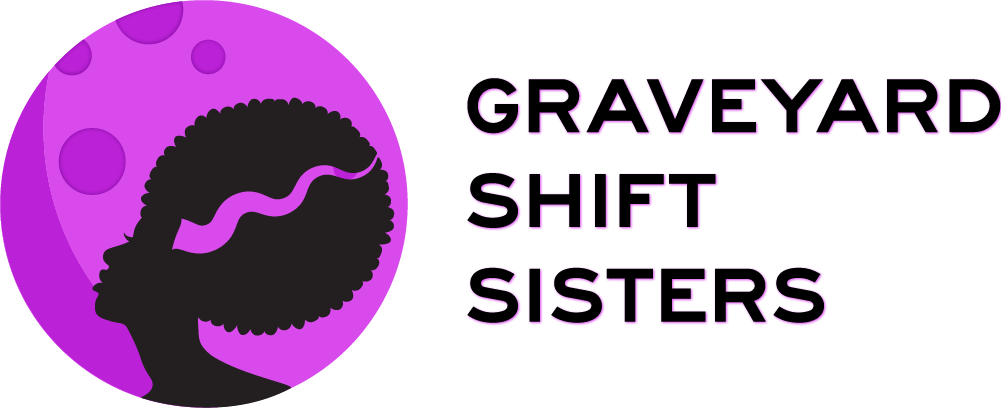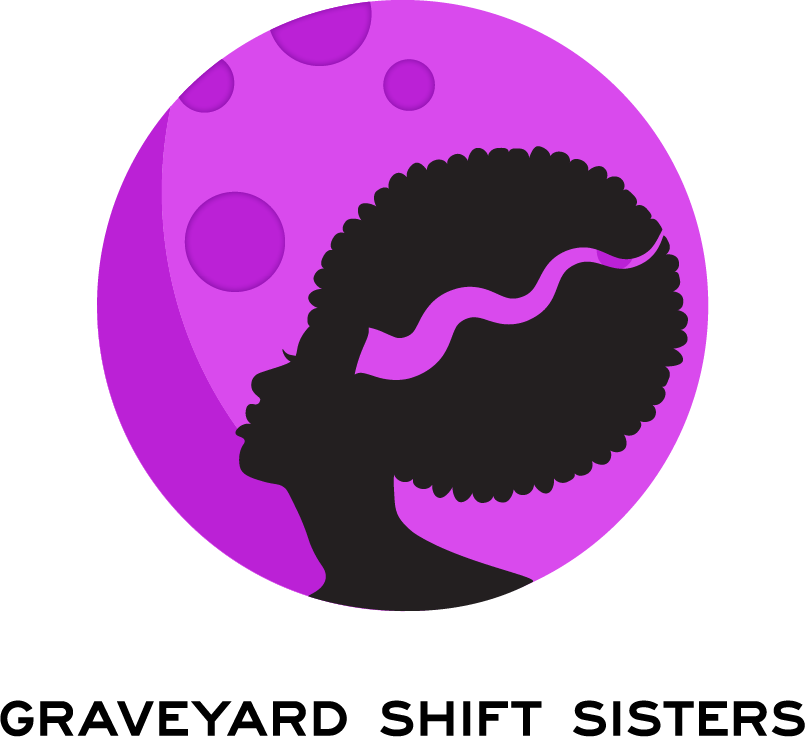Cinema's Black Women Werewolves
Yes, I mean brutal. I wrestled with my entire life as a Black woman, the unflinching perceptions of weakness and strength, rooted in both anger and daunting perseverance. I am neither or both. I love werewolves for these very complex reasons. And I still can't shake 1987's The Howling III's earthy imagery of maternity and motherhood from my five year old mind.
The werewolf by its very nature considers "the divided self", "civilized-primitive", and "rational-instinctual" divisions as its core element in storytelling. With wolves, these binaries merge to create a necessary mess of our ideas of a split self, suggesting that we are not so much split as we are animals riddled with complex thought. Lycanthropy, described as a delusion where someone believes to be, most accurately, a wolf was explained rationally as a madness of the mind and body, a melancholy state.
Regardless of genre, material relating to the werewolf in every period has been informed by prevailing cultural values and dominant ways of knowing or speaking about the world.
Werewolves challenge perceptions of reality, historical or otherwise.
Further, "in modernity, the werewolf has also been uniquely implicated in elaborating ways of thinking about selfhood." In a sense, the werewolf metaphor can also act as an abruption to the way we become dismissive of others. For example, Black women are exhaustively fighting for a selfhood that is not compiled into 'bitches and queens and nothing in between' as I stated briefly. It would be fascinating then, to see more narratives that focus on Black female werewolves as this struggle continues.
At first viewed as monstrous, a deeper look would allow some semblance of compassion as horror films have originated in giving the monster character outside of its supposed and/or actual threat. Here, I wanted to look at two contrasts of the Black female as a werewolf to help us consider past attempts and possibly encourage future narratives.
Clark consistently is stunning in any film or form I've seen her in, tapping into her characters emotional core no matter how mundane or significant. What Caroline does do in the film is critical to Tom's arc in humanizing the wolf. His other white (and male with the exception for one) guests give Tom room to separate emotion and empathy from his quest. When it is revealed that Caroline has been infected and transforms, his pursuit unravels and his meticulous sense of control is lost. It is safe to imagine that through a Black female body, a werewolf transition adds to the canon of its dual animal-like/humanity split and complicates our view of Black female identity. If only briefly.
It is also important to note that for its time, was one of the few genre films to feature two Black main cast members outside of the Blaxploitation circuit!
with Marsha A. Hunt as the crucial Mariana (above), rivaling Grace Jones' Vamp badassery with her commanding presence. Labeled as "vicious" and "dangerous" by a persistent Christopher Lee (who plays Stefan Crosscoe), is head minion in charge to Stirba, the alluring wolf goddess who drains beautiful, young maidens for her youthful glow. I must admit, Mariana's introduction with a literal howling command for her wolf family to come out and feast on some punks made me wanna howl too. Even as a adult, she makes howling look really cool.
Mariana's identity is defined by her werewolf status. As an antagonist, she is repulsive in her killing of innocents and yet likeable with a nuanced sense of agency. Throughout the film, Mariana presents no real separation from wolf and human form. She embraces her wolf but wears the human mask for survival. Paradoxically, she must be split in self, even more in honor of her most basic of instincts.
Taking the time to compile these thoughts made me realize that I've never thought about a "favorite" monster in the classical horror stew. But clearly werewolves have fascinated me from a very young age and I feel with African Americans in cinema, it's an extremely underdeveloped space of inquiry about our lives and concepts of dual self noted in its most iconic form by W.E.B. DuBois. Although I would take it a step further and say duality doesn't exist without more layers, its execution on screen is pretty effective.
A postmodernist approach to werewolves post- Ginger Snaps with characters of color is something I would love to see in the future. But for now, you should really watch Ginger Snaps!
*Information on werewolf critical theory provided can be found in The Curse of the Werewolf: Fantasy, Horror and the Beast Within by Chantal Bourgault du Coudra

